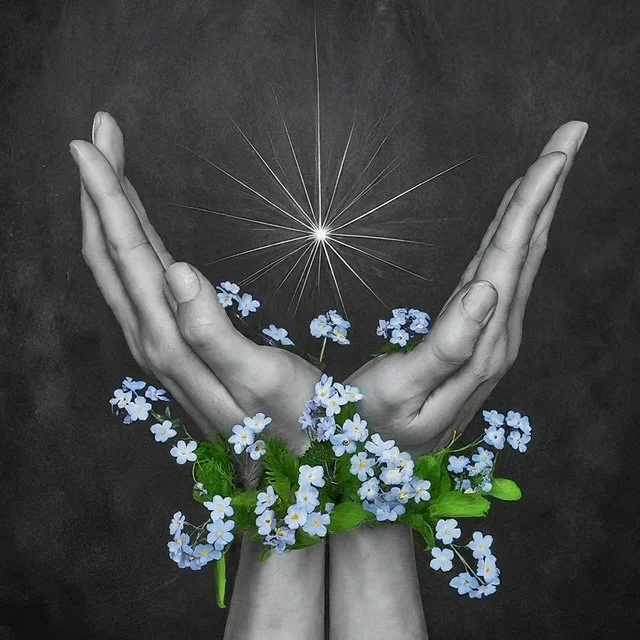Reiki is a spiritual practice and healing technique. The word "Reiki" (pronounced ray-key) comes from Japanese words: "rei," which means universal or spiritual, and "ki," which means life energy or vital force. Together, Reiki can be translated as "spiritually guided life energy."
Here are some key aspects of Reiki:
Healing Technique: Reiki is primarily used as a complementary therapy for relaxation, stress reduction, and healing. Practitioners believe that Reiki can promote physical, emotional, and spiritual well-being by channeling energy into the recipient through the practitioner's hands. The practitioner is the vessel for this universal energy flow. The energy is said to flow to areas of need, promoting balance and healing.
Energy Flow: The practice is based on the belief that life energy flows through all living things. Reiki is believed to enhance the body's natural ability to heal itself.
Hands-On or Distant Healing: Reiki sessions typically involve the practitioner placing their hands lightly on or near the recipient's body, allowing the energy to flow. However, Reiki can also be practiced from a distance, where the practitioner sends healing energy to someone who is not physically present.
Non-Religious and Non-Invasive: Reiki is not associated with any specific religion or belief system, making it accessible to people of all backgrounds. It is non-invasive, as the practitioner's hands do not manipulate the body physically.
Overall, Reiki is widely practiced and studied globally, appreciated for its holistic approach to healing and relaxation. Reiki serves as a complementary therapy alongside medical treatments, focusing on well-being rather than diagnosing or curing diseases. If you are feeling unwell, it is important to consult a licensed medical professional for appropriate care.

